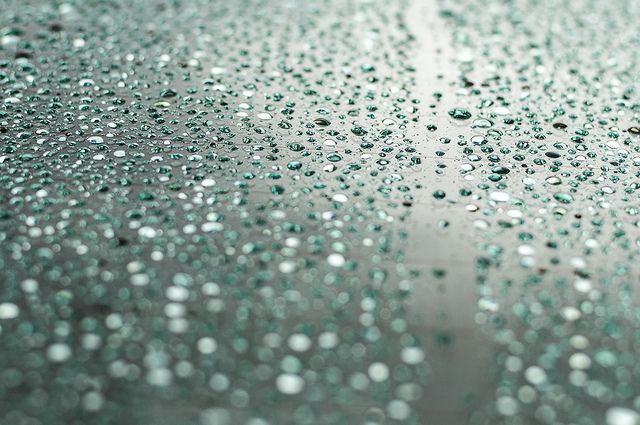What is vapor barrier
Updated: 2022-01-14
By Paul Bianchina
Inman News
One term you'll often hear thrown around, especially when talking about insulation, is "vapor barrier." It's important to understand what a vapor barrier is, and what it does to protect the warmth and integrity of your home.
Through a process called convection, warm air will always move toward colder air, meaning that during the winter the air inside your home is always trying to escape the house and move toward the cold air outside. Warm air also expands, and therefore has the capacity to hold more moisture than cold air -- moisture that is picked up naturally from inside your house. As the air cools, it contracts and loses some of its capacity, so the moisture is given off to cooler surrounding surfaces.
One term you'll often hear thrown around, especially when talking about insulation, is "vapor barrier." It's important to understand what a vapor barrier is, and what it does to protect the warmth and integrity of your home.
Through a process called convection, warm air will always move toward colder air, meaning that during the winter the air inside your home is always trying to escape the house and move toward the cold air outside. Warm air also expands, and therefore has the capacity to hold more moisture than cold air -- moisture that is picked up naturally from inside your house. As the air cools, it contracts and loses some of its capacity, so the moisture is given off to cooler surrounding surfaces.

The result of all this is that warm, moisture-laden air is constantly on the move from inside to outside. As it leaves the warm interior of the house and enters the walls, attic, and crawl space, it cools off and gives up its moisture, which in turn can saturate the insulation and framing. The more moisture there is in the air and the more differential there is between the inside and outside temperatures, the worse the problem can become -- in the more extreme cases, the insulation is rendered virtually useless and severe rot can take place in structural members.
It is the purpose of the vapor barrier to prevent that movement or penetration of moisture from one area to another. Placed between the inside of the house and the insulation, the vapor barrier acts as a physical shield to repel the moisture and keep it from entering enclosed cavities where it can do serious damage.
Vapor barriers can be created from a variety of materials. The only requirement is that the material be resistant to moisture, which is indicated by its vapor permeance value, called a "perm" rating. To be an effective vapor barrier, a material needs to have a perm rating of 1.0 or lower. Common vapor barriers used with insulation include plastic sheeting, foil sheeting, and kraft paper that has been treated to achieve the proper perm rating.
Vapor Barriers in the Home
One of the most important vapor barriers in the home is the one between the wall insulation and the interior side of exterior walls. Because wall cavities are sealed and have no means of allowing accumulated moisture to escape, an effective moisture barrier is crucial in preventing warm, wet air from entering the walls.
For wall insulation, foil- or kraft paper-faced insulation is typically used. The insulation is installed between the studs with the vapor barrier facing in toward the house -- the one thing to remember about vapor barriers is that they are always installed between the insulation and heated portion of the house. The "wings" along the edges of the insulation are stapled to the studs to hold the insulation in place -- stapling to the face of the studs instead of the sides creates a more effective vapor barrier.
Another alternative for walls -- which is also commonly used in the enclosed cavities of vaulted ceilings where the pressure of warm air trying to escape is even greater -- is to place unfaced insulation into the cavities between framing members and then cover the insulation on the inside with plastic sheeting. The sheeting is stapled to the face of the studs or joists, and overlapped at all seams to prevent moisture penetration.
In today's construction, separate vapor barriers are typically not used between the home's interior and a ventilated attic. Most attics are insulated with blown fiberglass, which is relatively porous in comparison to the denser batt insulation used in the walls. The attic also has a continuous flow of air through it that is created by the roof and soffit vents, so moisture from inside the house passes through the insulation and is removed from the attic by the air currents. In areas of high humidity where moisture in the attic could still be a problem, a vapor barrier paint can be applied over the inside ceilings.
Another area that typically does not have a vapor barrier is the floor. Most of today's homes are now constructed with subfloors of interlocking tongue-and-groove plywood or other sheet materials -- waterproof resins are used in the making of the sheets, so the subfloor itself becomes an effective vapor barrier that protects the insulation below it. A vapor barrier is used, however over the ground under the house. Typically a layer of 6-mil plastic (1 mil = 1/1000 of an inch) that is laid directly on the dirt floor of the crawl space, the moisture barrier prevents ground moisture from entering the enclosed crawl space and wetting the insulation or the framing.
Comments (0)
